Proper ventilation is crucial for maintaining a healthy and comfortable indoor environment. It helps to remove pollutants, control temperature and humidity levels, and replenish fresh air. In this blog post, we will delve into the two main types of ventilation: natural and mechanical. We will explore their characteristics, benefits, and applications, providing you with a comprehensive understanding of each.
- Natural Ventilation:
Natural ventilation relies on natural forces such as wind, temperature differences, and the stack effect to circulate air. It does not require mechanical systems and can be achieved through various design strategies. Here are some common types of natural ventilation:
1.1. Cross Ventilation:
Cross ventilation utilizes openings on opposite sides of a building to create a flow of air. This method takes advantage of wind pressure differences to drive fresh air in and push stale air out. It is commonly used in residential buildings, offices, and educational institutions.
1.2. Stack Ventilation:
Stack ventilation utilizes the principle of hot air rising to create airflow. Warm air naturally rises and escapes through high openings, creating a negative pressure that draws in fresh air from lower openings. This type of ventilation is often used in tall buildings, industrial facilities, and atriums.
1.3. Wind-Driven Ventilation:
Wind-driven ventilation harnesses the power of wind to create airflow. It involves strategically placed openings and wind catchers that capture and direct wind into the building. This method is commonly used in traditional architecture and sustainable building designs.
Benefits of Natural Ventilation:
- Energy-efficient: Natural ventilation reduces the reliance on mechanical systems, resulting in lower energy consumption and costs.
- Improved air quality: By constantly bringing in fresh air and removing pollutants, natural ventilation helps maintain a healthier indoor environment.
- Connection to the outdoors: Natural ventilation provides a connection to the external environment, allowing occupants to enjoy natural breezes and views.
- Mechanical Ventilation:
Mechanical ventilation relies on mechanical systems such as fans, blowers, and ducts to circulate air. It offers precise control over airflow rates, temperature, and humidity levels. Here are some common types of mechanical ventilation:
2.1. Exhaust Ventilation:
Exhaust ventilation involves the use of fans to remove stale air from a building. It works by creating a negative pressure that draws air out through exhaust points, such as vents or ducts. This type of ventilation is commonly used in kitchens, bathrooms, and industrial settings.
2.2. Supply Ventilation:
Supply ventilation involves the use of fans to introduce fresh air into a building. It works by pressurizing the indoor space, forcing air in through supply points, such as vents or ducts. This method is often used in commercial buildings, offices, and healthcare facilities.
2.3. Balanced Ventilation:
Balanced ventilation combines both exhaust and supply ventilation systems to achieve a balanced airflow. It ensures a controlled exchange of fresh air while maintaining a neutral pressure within the building. This type of ventilation is commonly used in residential buildings and energy-efficient homes.
Benefits of Mechanical Ventilation:
- Precise control: Mechanical ventilation allows for precise control over airflow rates, temperature, and humidity levels, ensuring optimal indoor conditions.
- Flexibility: Mechanical ventilation systems can be customized to meet specific requirements and can adapt to different building designs and occupant needs.
- Enhanced comfort: Mechanical ventilation systems can provide consistent airflow, reducing the reliance on natural forces and ensuring a comfortable indoor environment.
Conclusion:
In conclusion, understanding the different types of ventilation is essential for creating a healthy and comfortable indoor environment. Natural ventilation harnesses natural forces, while mechanical ventilation relies on mechanical systems. Both types have their advantages and applications, and the choice depends on factors such as building design, climate, and occupant needs. By implementing the appropriate ventilation strategy, you can ensure optimal indoor air quality and comfort for occupants.


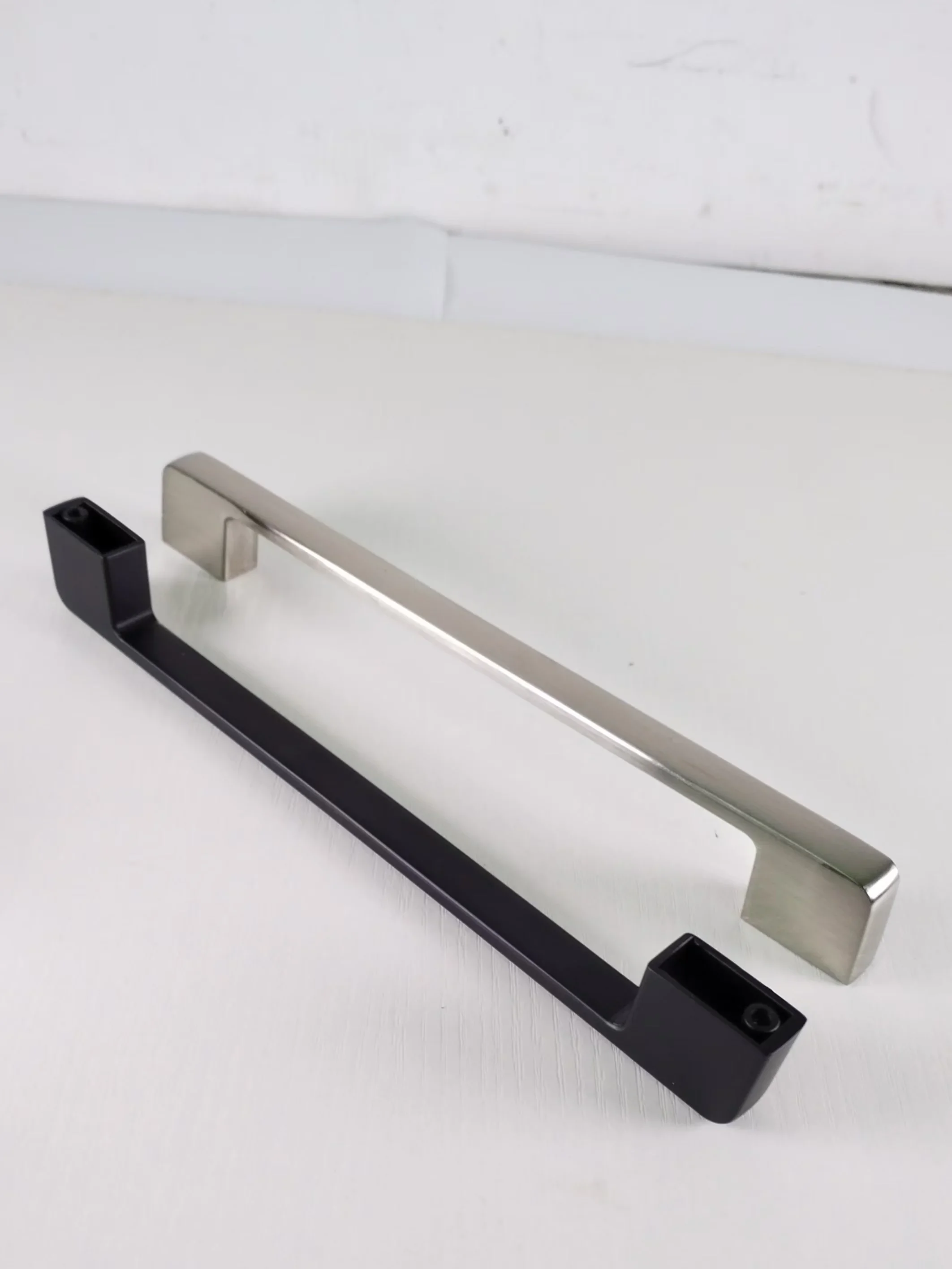
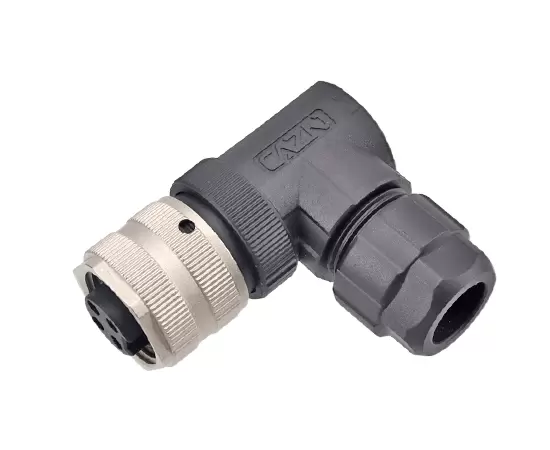

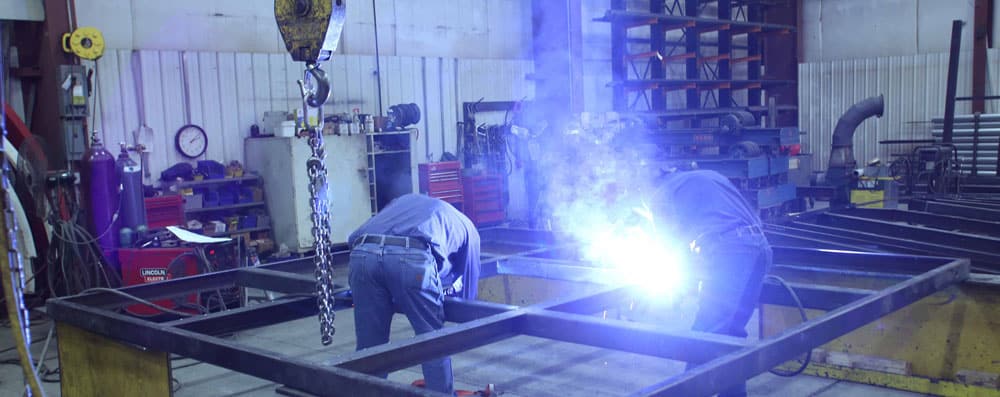
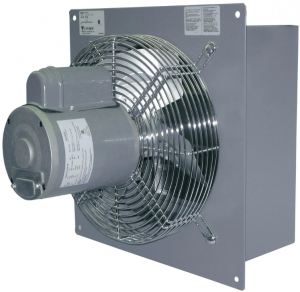
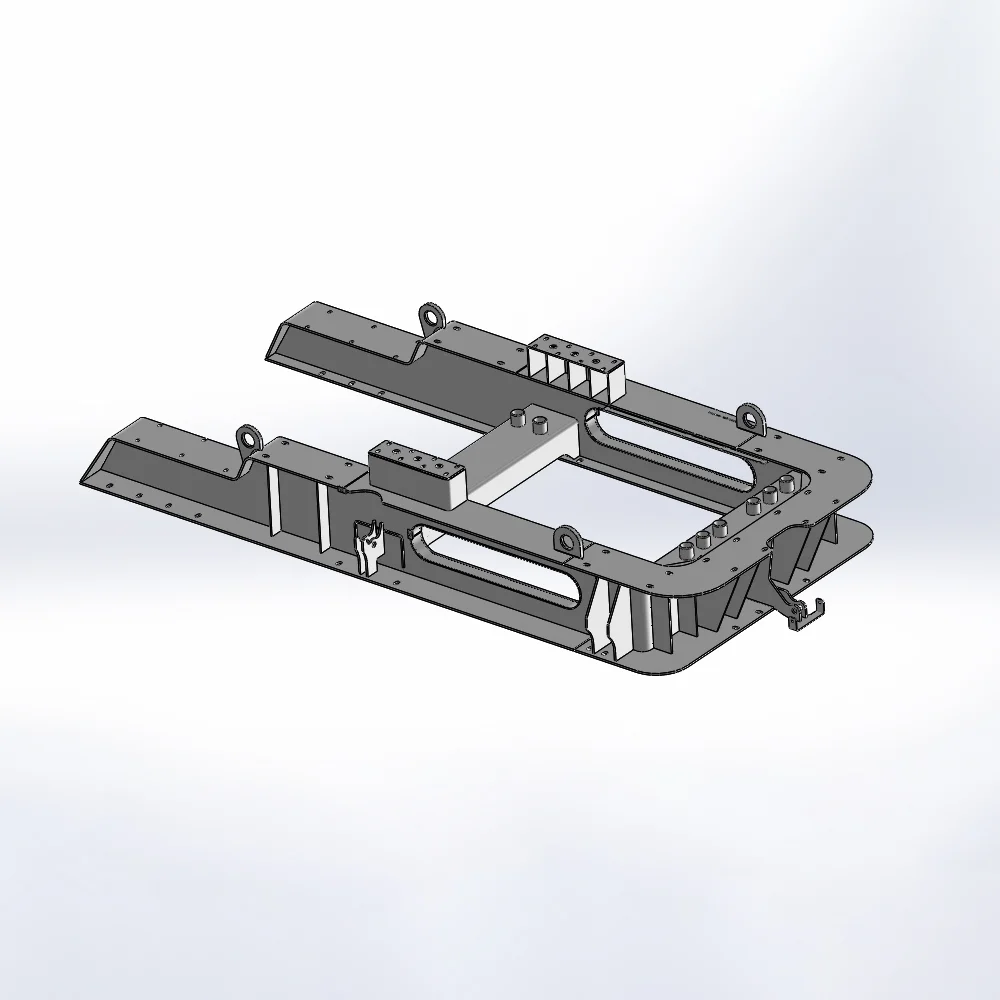

+ There are no comments
Add yours